Last updated on
Discover the simple step-by-step process to create functional and stylish serving hatch doors for your home, enhancing convenience and adding a unique touch to your space.
Welcome to my latest home decor blog post! Today, we’re going to be talking about a fun and practical DIY project that will add some serious style points to your home: serving hatch doors. Whether you’re renovating your kitchen or just looking for a way to make entertaining guests easier, these doors are a great addition that not only look amazing but also serve a functional purpose.
In this post, I’ll be sharing step-by-step instructions on how to make your own serving hatch doors, as well as some tips and tricks for customizing them to fit your unique style. So grab your tools and let’s get started!
Key takeaways:
- Serving hatch doors provide easy passage between rooms for food and drinks.
- They create an open-plan feel while maintaining separation.
- Choose durable materials like wood, metal, glass, or acrylic.
- Consider budget-friendly options like MDF or plywood with a veneer finish.
- Measure carefully and select a suitable design that complements your home.
Table of Contents
Serving Hatch Door Definition

But what exactly is a serving hatch door? Simply put, it’s a small opening in the wall between two rooms that allows for easy passage of food, drinks or other items from one space to another. Serving hatches can be found in many different types of homes, from cozy cottages to sprawling mansions.
They’re especially popular in kitchens where they allow for easy access between the cooking area and dining room or outdoor entertaining space.
Serving hatch doors come in all shapes and sizes, but they typically consist of two parts: the frame and the door itself. The frame is installed into an existing wall opening while the door can be customized with various materials such as wood panels or glass panes depending on your preference.
Benefits of Serving Hatch Doors
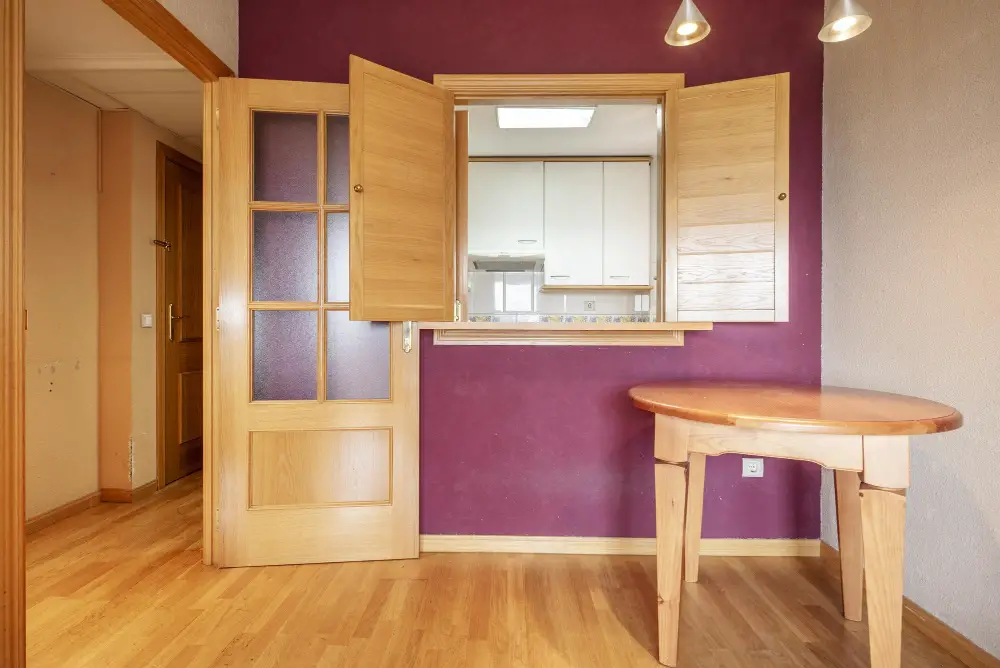
For starters, they provide an easy and convenient way to serve food and drinks when entertaining guests or hosting family gatherings. With a serving hatch door in place, you can easily pass dishes from your kitchen through to your dining area without having to carry them around the house.
Another great benefit of serving hatch doors is their ability to create an open-plan feel between rooms while still maintaining some separation. This is especially useful for smaller homes where space may be limited but you still want distinct areas for cooking and dining.
Serving hatches can also add value to your property by enhancing its functionality and aesthetic appeal. They come in various designs that cater for different styles ranging from traditional wooden finishes with intricate carvings or modern sleek glass options.
Selecting the Right Materials

First and foremost, you want to choose materials that are durable and long-lasting. This is especially important if you plan on using your serving hatch doors frequently or if they will be exposed to harsh weather conditions.
Some popular options for serving hatch door materials include wood, metal, glass or acrylic sheets. Wood is a classic choice that can add warmth and character to any space but requires regular maintenance such as sanding down rough spots or re-staining every few years.
Metal offers durability but may not be suitable in areas with high humidity due to rusting issues over time. Glass provides an elegant look while allowing natural light into the room; however, it can break easily if not handled carefully.
Acrylic sheets offer similar benefits of glass without being as fragile making them ideal for outdoor use where safety concerns might arise from broken pieces of glass.
Budget Considerations

While you want your doors to look great and function well, you also don’t want to break the bank in the process. One way to save money is by selecting affordable materials that still offer durability and style.
For example, instead of using expensive hardwoods for your door surface, consider using MDF or plywood with a veneer finish that mimics the look of real wood.
Another way to save on costs is by doing as much of the work yourself as possible. This includes measuring and planning out your project carefully before starting any construction work so that you can avoid costly mistakes down the line.
Be sure not skimp on quality when it comes time for hardware selection – investing in high-quality hinges and handles will ensure smooth operation over time while avoiding costly repairs or replacements later on.
Measuring and Planning
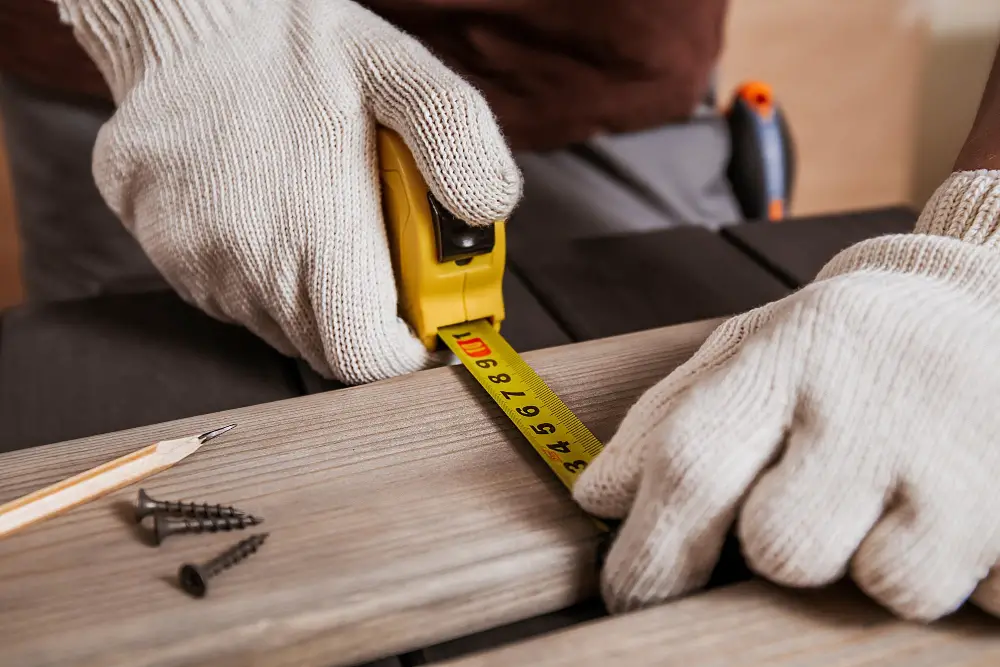
Before purchasing any materials or starting construction, it’s important to take accurate measurements of the area where you want your serving hatch door installed. This will ensure that your door fits perfectly and functions as intended.
Start by measuring the height and width of the opening where you want your serving hatch door installed. Be sure to measure both sides of the opening in case there are any discrepancies in size due to uneven walls or floors.
Next, consider how high off the ground you want your serving hatch doors placed for easy access when entertaining guests or passing food through during meal prep time. You should also think about whether a single-door design will suffice or if double-doors would be more practical for larger openings.
Make sure that there is enough clearance space around each side of your new doors so they can open fully without obstruction from furniture pieces such as tables or chairs nearby.
Choosing a Suitable Design
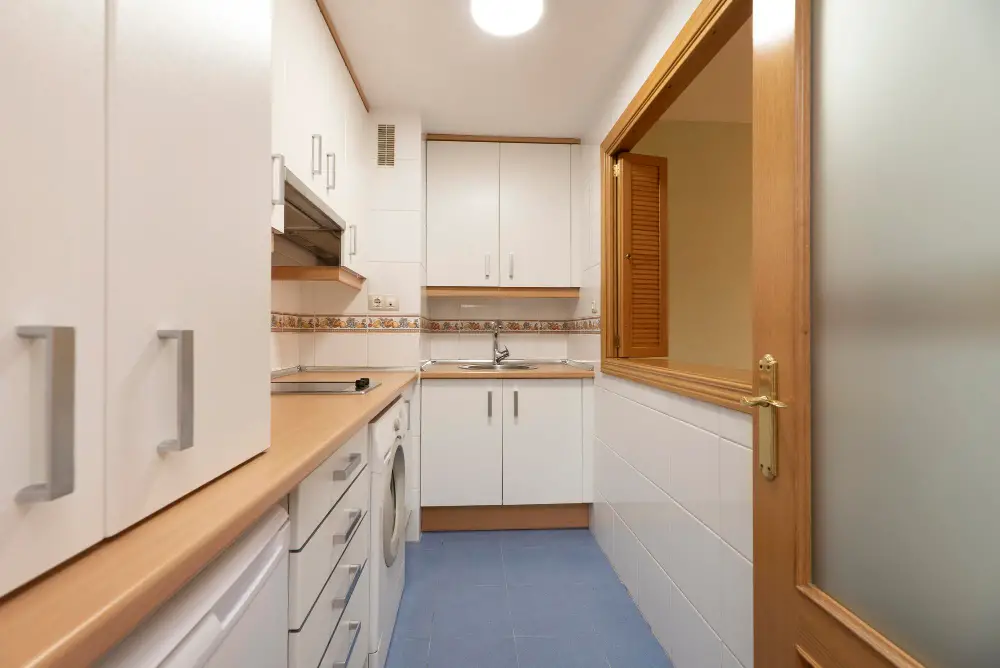
First and foremost, you want the design to complement the overall style of your home. If you have a modern kitchen with sleek lines and minimalist decor, then a simple door with clean edges may be the best choice.
On the other hand, if your home has more traditional or rustic elements, then you might opt for something with more ornate details.
Another consideration is functionality – what do you plan on using your serving hatch doors for? If they will primarily be used as an extension of your countertop space during meal prep or entertaining guests in an open-plan living area, then perhaps opting for larger doors that can easily swing open would work best.
Door Surface and Colour Options

The first thing to consider is whether you want your door to blend in with its surroundings or stand out as a statement piece. If you’re going for a more subtle look, opt for neutral colors like white or beige that will complement any decor style.
On the other hand, if you want your serving hatch door to be an eye-catching feature of your home, consider bold colors like red or blue that will add some personality and flair.
In addition to color choices, there are also different surface options available depending on what kind of material you use for your door. For example, if using wood as the main material choice then staining it can bring out natural grain patterns while painting gives endless possibilities when it comes down choosing colours.
Required Tools and Equipment
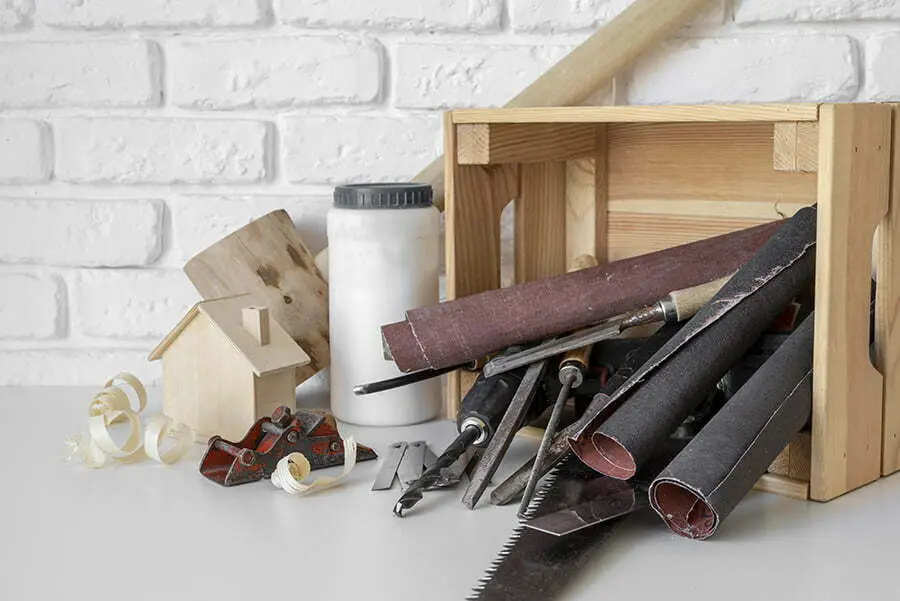
These include:.
- Measuring tape
- Saw (circular or jigsaw)
- Drill
- Screwdriver (manual or electric)
- Sandpaper
- Paintbrushes
Depending on the design you choose, you may also need additional materials such as hinges, handles, and locks.
Before starting any DIY project like this one, it’s important to ensure that all of your tools are in good working order and that they’re appropriate for the job at hand.
Preparing the Area
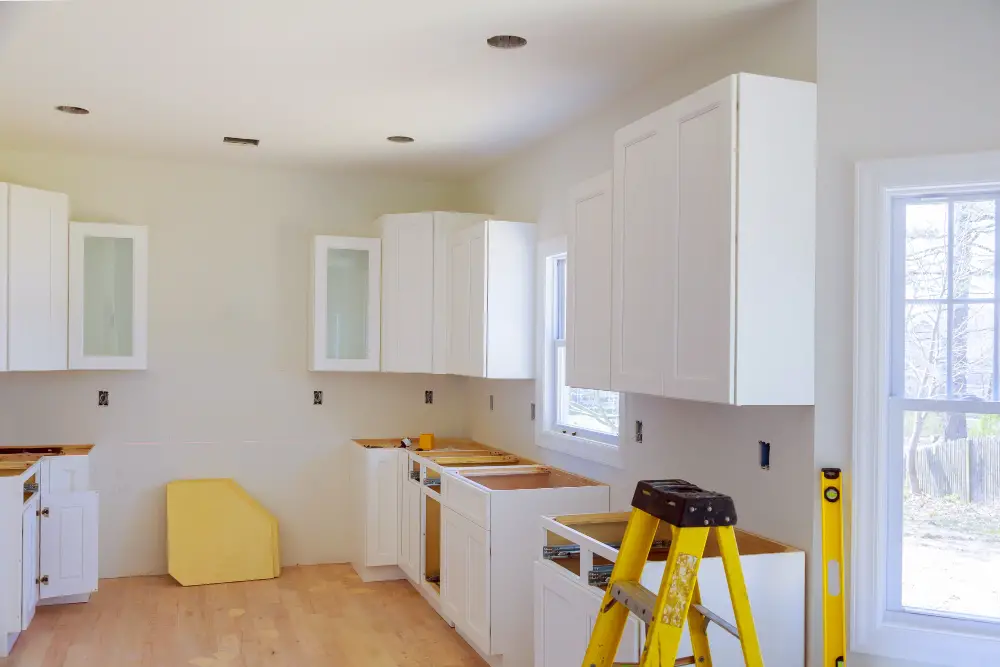
This involves clearing out any clutter or obstacles that may get in the way of your work and ensuring that there is enough space for you to move around comfortably. You’ll also want to make sure that the area is clean and free from dust or debris, as this can affect how well your doors fit and function.
If you’re installing a new serving hatch door in an existing wall, it’s essential to remove any drywall or plaster from around the opening before proceeding with installation. This will give you a clear view of what lies behind the wall so that you can properly frame out your door.
If there are electrical outlets or switches near where your serving hatch doors will be installed, make sure these are turned off at their respective circuit breakers before beginning work on them.
Installing the Frame

This is a crucial step in ensuring that your door fits perfectly and functions properly. Begin by measuring the opening where you plan to install the serving hatch door, making sure to account for any trim or molding around it.
Next, cut four pieces of wood (or metal) according to these measurements: two vertical pieces and two horizontal ones. These will form the frame of your serving hatch door.
Using screws or nails (depending on what material you’re working with), attach one vertical piece flush against each side of the opening at a 90-degree angle from its corresponding horizontal piece. Make sure they are level before securing them in place.
Then, measure diagonally across both corners of this rectangular frame; if both measurements match up exactly then everything is square – if not adjust accordingly until they do match up exactly!.
Attaching the Door
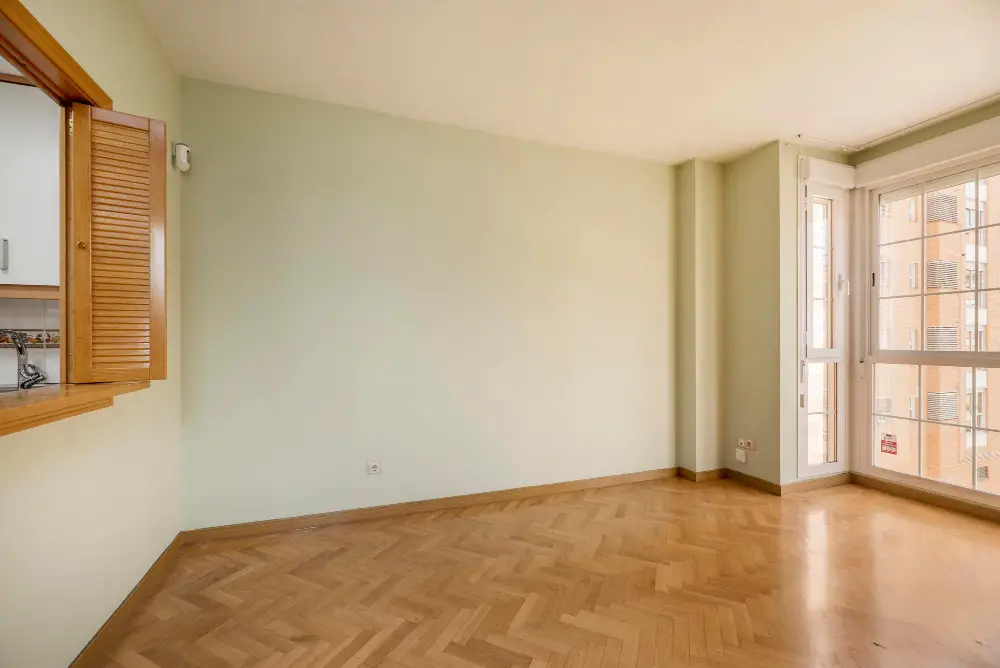
This is a crucial step that requires precision and attention to detail. First, ensure that your door fits perfectly into the frame by testing it out before attaching any hardware.
Next, use screws or hinges to attach the door onto one side of the frame. Make sure that everything is level and flush with no gaps between them.
Once you’ve attached one side of your serving hatch doors securely in place, repeat this process on all other sides until they are all firmly fixed.
It’s important not to rush this step as poorly attached doors can cause accidents or damage over time if not done correctly. Take your time and double-check everything before moving on.
Adding the Necessary Hardware

This includes hinges, handles or knobs, and any other accessories that will make opening and closing your hatch a breeze. When selecting hardware for your serving hatch doors, consider both functionality and style.
For example, if you’re going for a rustic look in your kitchen or dining area then wrought iron hinges might be an excellent choice. Alternatively, sleek stainless steel handles can give a modern touch to this classic feature of home decor.
When installing hardware on these types of doors it is important to ensure that they are properly aligned so that they open smoothly without sticking or rubbing against each other. Take care when drilling holes into wood surfaces as well – measure twice before making any cuts!
Hardware and Accessories
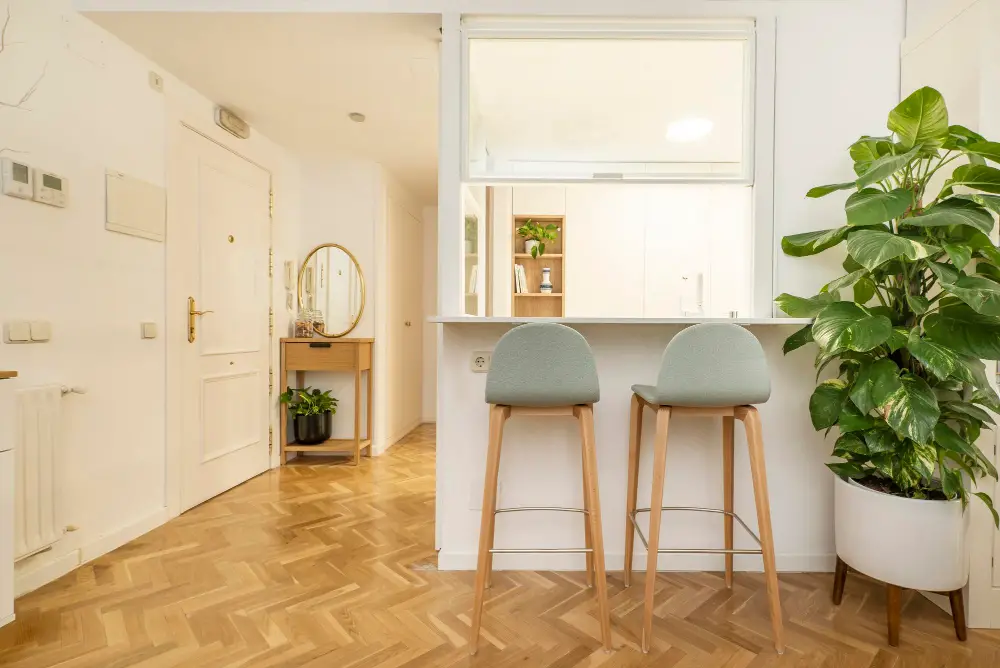
Hardware and accessories are essential components that can enhance both the functionality and aesthetic appeal of your doors. The type of hardware you choose will depend on factors such as door weight, size, and design.
For example, if you have a heavy wooden door or one with glass panels, consider using sturdy hinges that can support its weight without sagging over time. You may also want to install a latch or lock for added security when the hatch is closed.
Other popular hardware options include handles or knobs for easy opening and closing of the door from either side. These come in various styles ranging from sleek modern designs to more traditional options like brass pulls.
Accessories such as weatherstripping can help prevent drafts while insulation tape helps keep noise levels down between rooms separated by serving hatches.
Painting and Finishing Touches

Painting is an excellent way to customize your doors and make them match the rest of your home decor. Before painting, ensure that all surfaces are clean and dry.
Sand down any rough spots or bumps on the door surface before applying paint.
When selecting a colour for your serving hatch door, consider matching it with other elements in the room such as cabinets or walls. You can also choose a contrasting colour if you want to create a bold statement piece.
For best results when painting, use high-quality paintbrushes and rollers designed for smooth finishes on wood surfaces like those found in most serving hatches. Apply two coats of paint allowing each coat to dry completely before adding another layer.
Customizing Your Serving Hatch Door
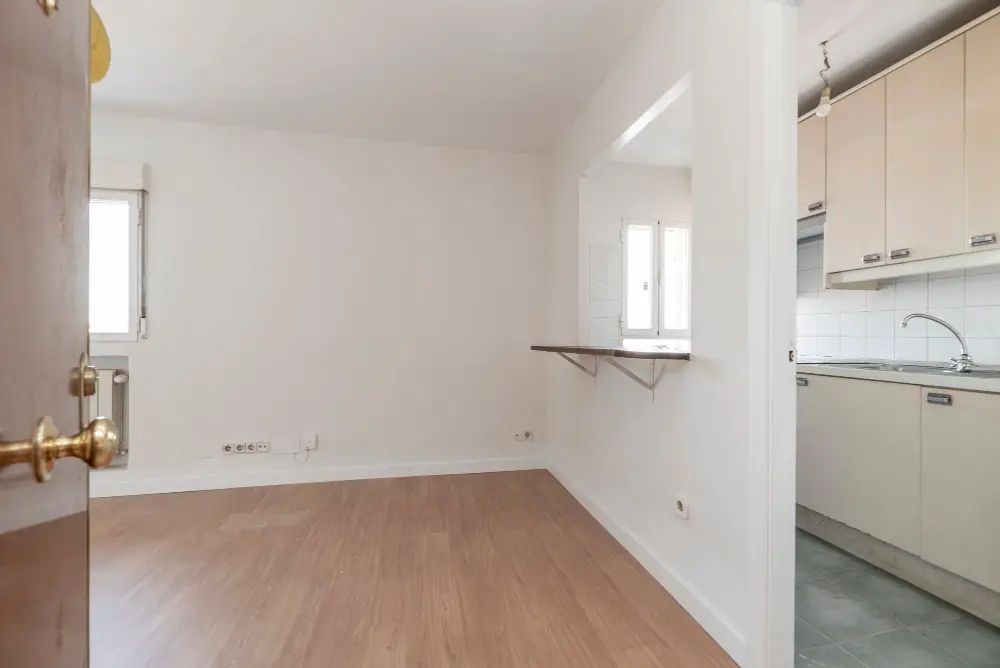
There are several ways you can do this, depending on your style and budget. One option is to choose a unique design that complements the overall aesthetic of your home.
You could opt for a classic wooden finish or go for something more modern like glass or metal.
Another way to customize your serving hatch door is by adding some hardware and accessories such as handles, locks, hinges or even lighting fixtures that will make it easier and safer for you when using it at night time.
You may also want to consider painting the surface of the door with colours that match other elements in your kitchen decor such as cabinets or countertops. This will help create an integrated look throughout all areas of space while still maintaining its functionality.
Safety Considerations

This is especially true when working with tools and equipment that can cause injury if not handled properly. Before you begin making your serving hatch doors, make sure you have all the necessary safety gear on hand, including gloves and eye protection.
Ensure that the area where you’ll be working is well-ventilated to avoid inhaling harmful fumes from paints or adhesives. If possible, work in an open space or near a window.
It’s also important to follow manufacturer instructions for any tools or materials used during the process of making your serving hatch doors. Don’t take shortcuts or try to improvise if something doesn’t seem right – this could lead to accidents down the line.
Maintenance and Care
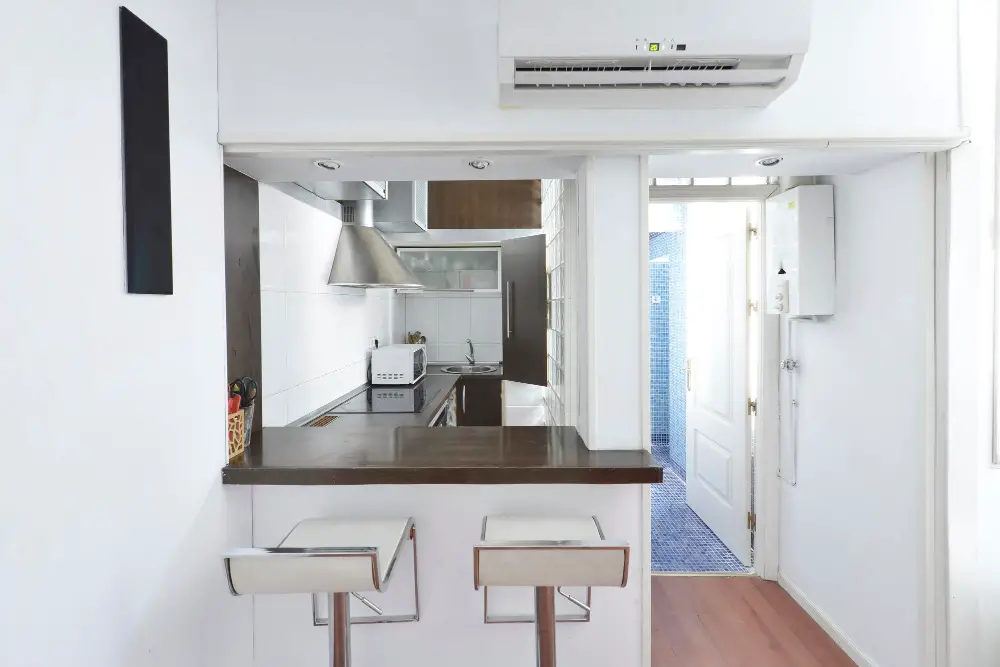
Regular cleaning is essential, especially if you use the hatch frequently or have pets that shed hair. Use a soft cloth or sponge with mild soap and water to wipe down the surface of the door regularly.
If your serving hatch doors are made from wood, be sure to avoid using harsh chemicals or abrasive cleaners that can damage the finish. Instead, opt for a specialized wood cleaner designed specifically for this purpose.
In addition to regular cleaning, it’s also important to inspect your serving hatch doors periodically for any signs of wear and tear such as loose hinges or damaged hardware. If you notice any issues with your door’s functionality during these inspections, address them promptly before they become bigger problems.
Troubleshooting Common Issues

When it comes to serving hatch doors, there are a few common issues that you may encounter along the way. One of the most frequent problems is uneven or misaligned doors.
This can be caused by incorrect measurements or an improperly installed frame. To fix this issue, carefully measure and adjust your door until it fits snugly in its frame.
Another problem that may arise is difficulty opening or closing your serving hatch door smoothly. This could be due to hardware issues such as loose hinges or worn-out rollers on sliding doors.
Tightening screws and lubricating moving parts should help alleviate these problems.
Lastly, if you notice any cracks in your door surface after installation, don’t panic! These can often be easily fixed with some wood filler and sandpaper before painting over them for a seamless finish.
FAQ
What size is serving hatch?
The serving hatch size ranges from a width of 580mm to 4000mm and a lifting height of 400mm to 600mm.
What is the purpose of serving hatch?
The purpose of a serving hatch is to facilitate the exchange of objects between different areas, especially in the food, beverage, and hotel industries, using movable insulated steel panels.
What is a hatch between kitchen and dining room?
A hatch between a kitchen and dining room is an opening that allows communication and light to pass through while also providing the option to close off for concealing mess and smell.
What materials are commonly used for serving hatch doors?
Common materials used for serving hatch doors include wood, metal, and glass.
How can serving hatch doors be made visually appealing and functional?
Serving hatch doors can be made visually appealing and functional by incorporating elegant designs and complementary colors, while ensuring smooth mechanics and user-friendly operations.
What are the different design options available for serving hatch doors?
Serving hatch doors offer design options such as sliding, folding, swinging, and roll-up mechanisms.




